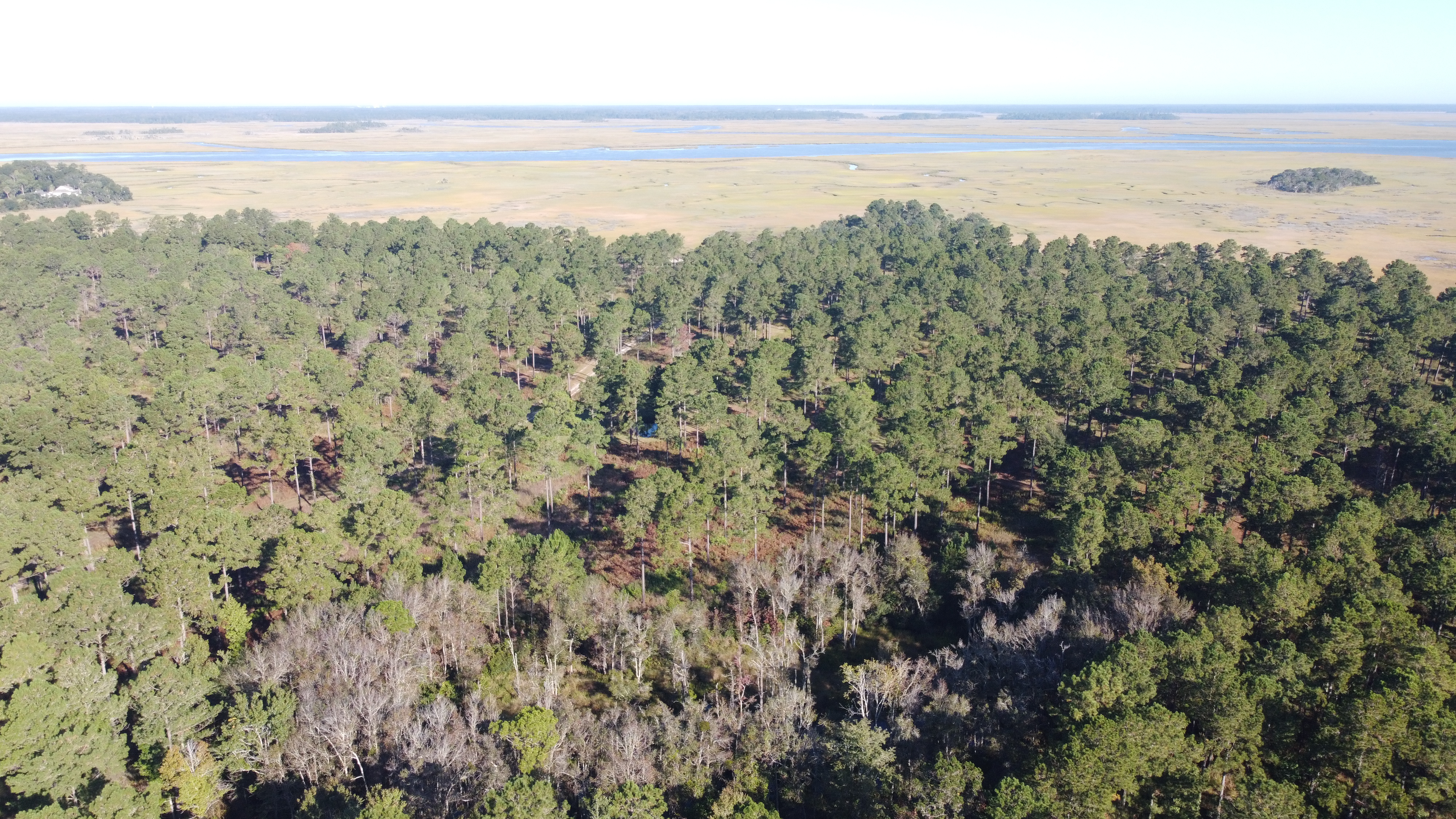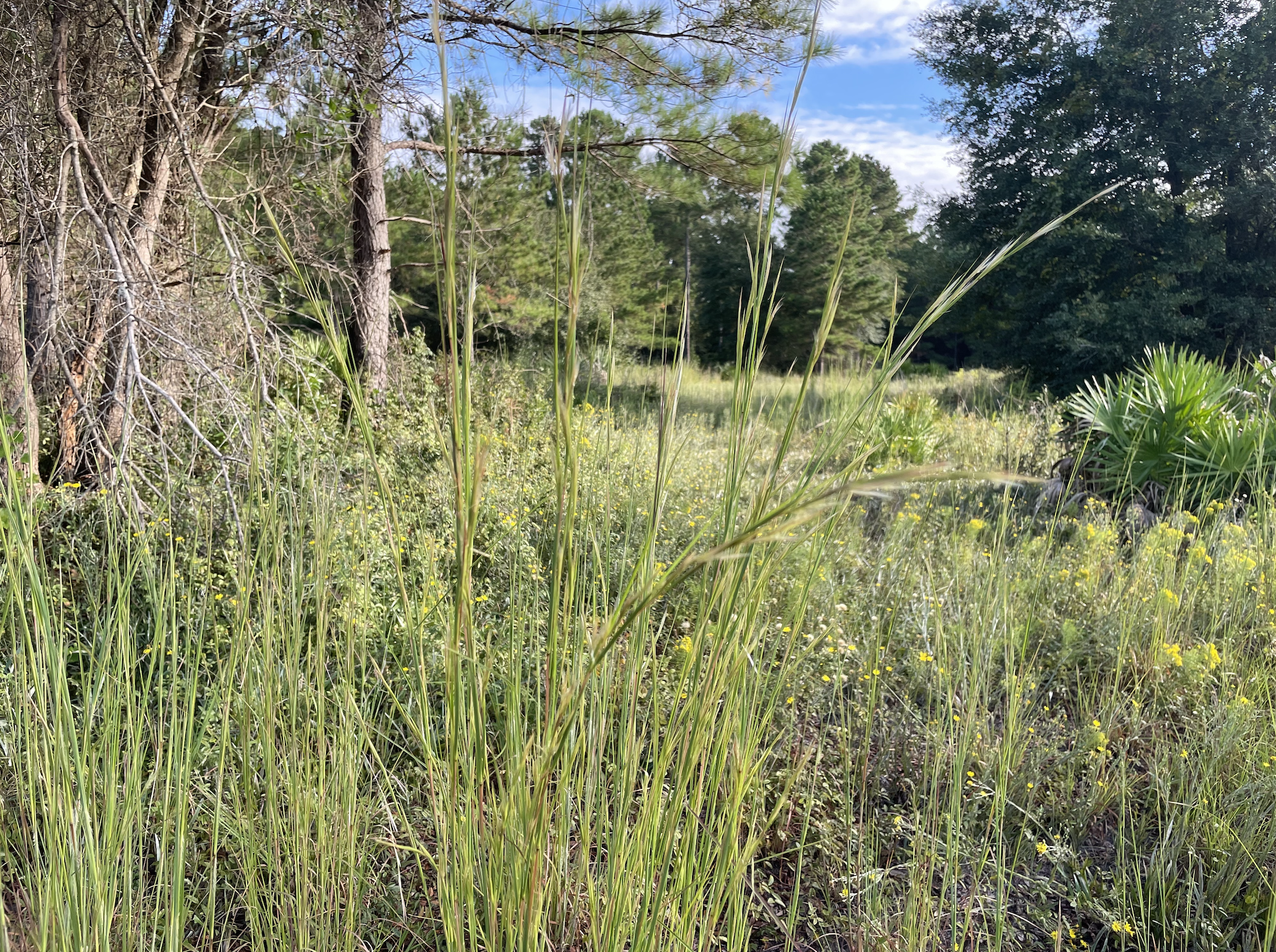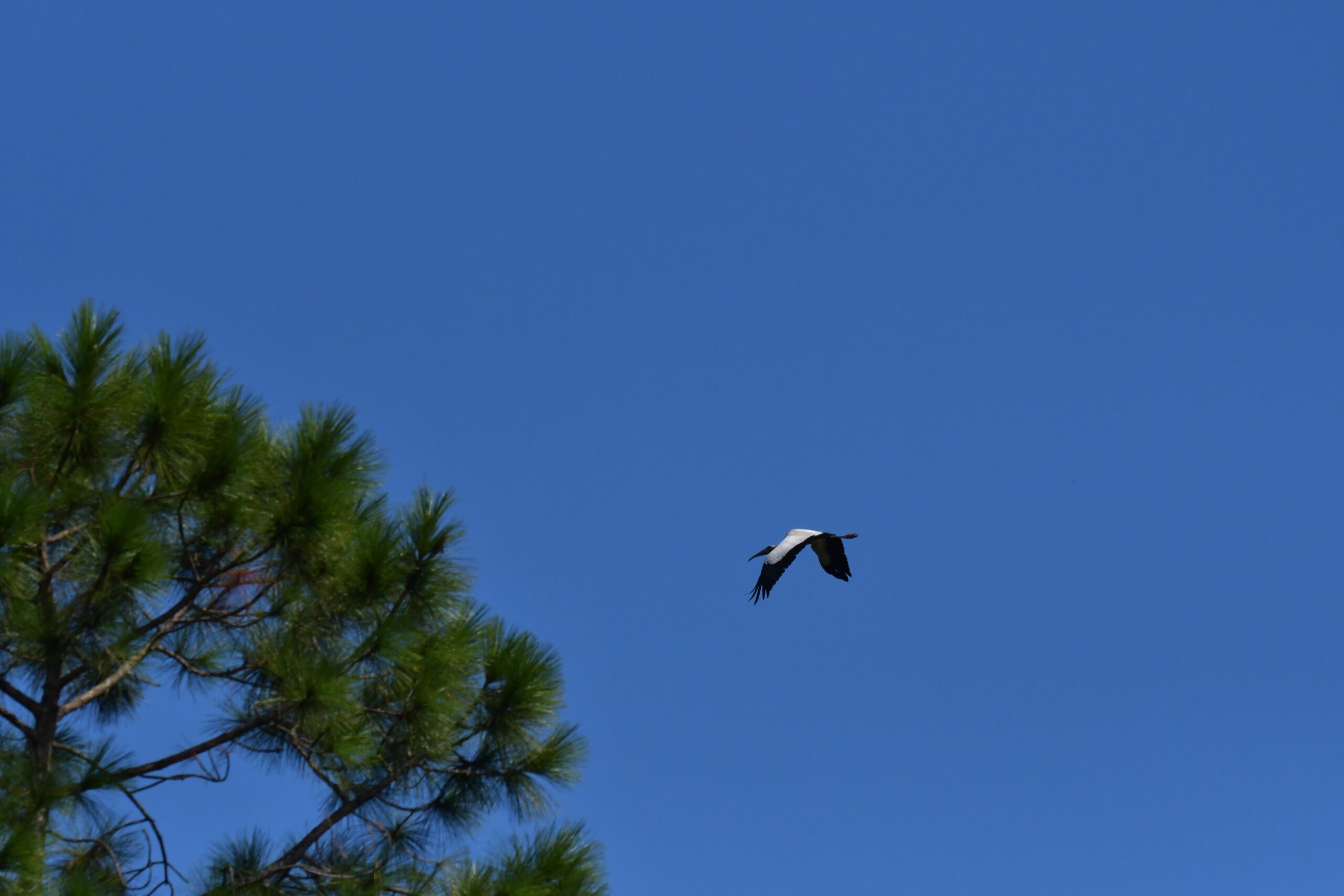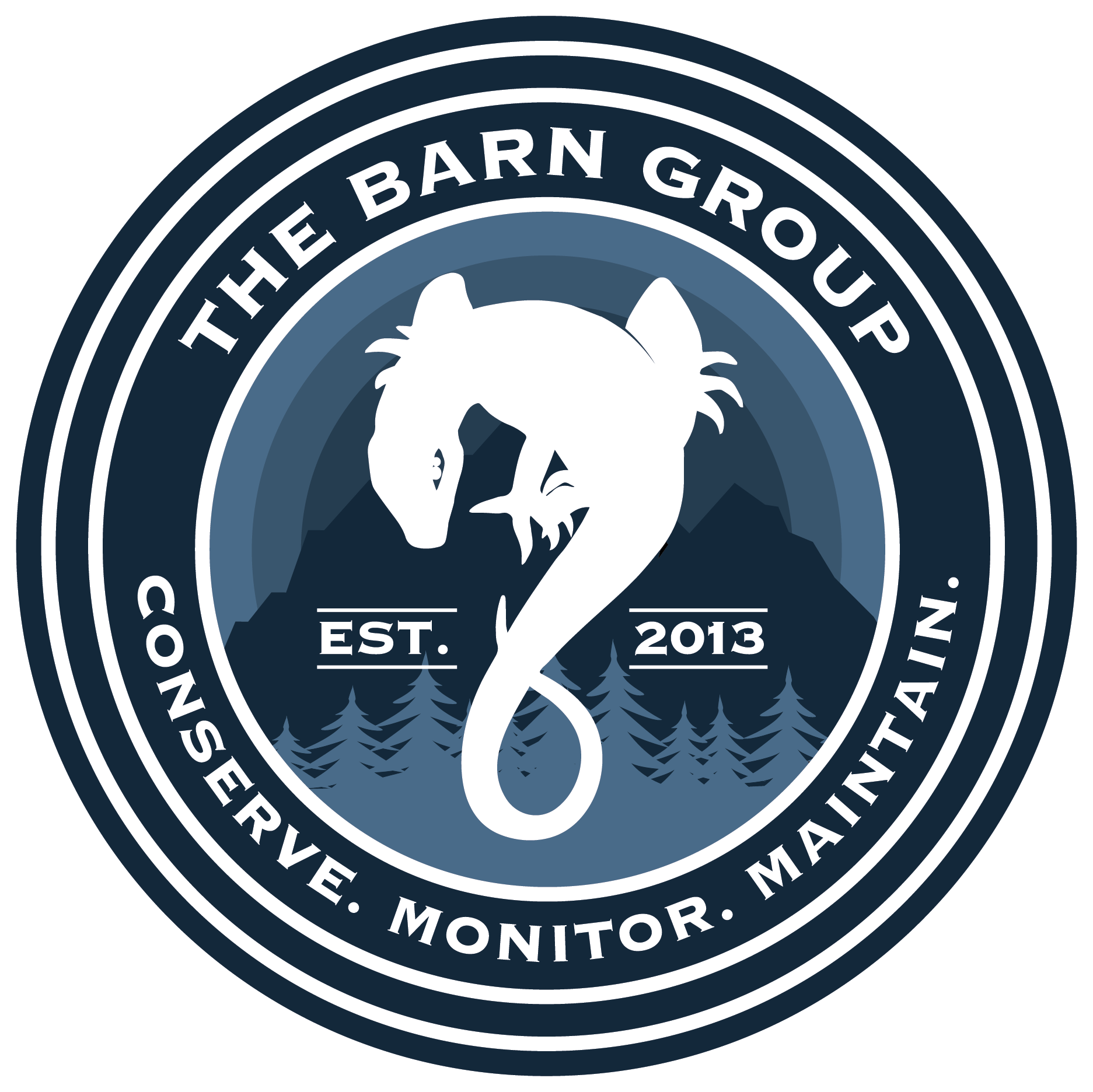Georgia Coastal Plain
The Barn group currently holds one conservation easement on a property located within the Southern Coastal Plain region of Georgia. This property provides a diverse array of ecological habitats that not only supports native plants and wildlife species in the area, but also promotes the goals and objectives of several local and national conservation initiatives.

Habitat Features
The Southern Coastal Plain region is mostly comprised of flat plains containing barrier islands, coastal lagoons, marshes, and swampy lowlands along the gulf and Atlantic coasts. Historically, forest communities here included trees of longleaf pine, slash pine, pond pine, beech, sweetgum, southern magnolia, white oak, and laurel oak. Currently, landcover in the region is mostly slash and loblolly pine with oak-gum-cypress forest in some low-lying areas, citrus groves in Florida, pasture for beef cattle, and urban development. This property has been utilized for timber production.
Land Use
The property is comprised of multiple wetland types, bottomland forest, and managed pine flatwood and is part of The Sea Island/Coastal Marsh sub ecoregion which contains the lowest elevations in Georgia and is highly affected by ocean waves, river currents, and wind action. This region is geographically separated from other barrier island regions to the north and to the south due to the flatwoods on the mainland of surrounding regions extending to the coastline. Plant communities are shaped by the combination of nutrient-poor, coarse, sandy soils and mild climate. Temperatures are mild enough that broadleaf evergreen species are abundant. According to the Georgia State Wildlife Action Plan, the Property contains at least six High Priority habitats and should be conserved to protect native wildlife and vegetation. The conservation easement will prohibit activities which are inconsistent with the goal of ensuring that the Property will be retained forever in its natural state by keeping it in its relatively undeveloped and natural condition.


Species Diversity
Atlantic estuaries along the Georgia Atlantic Coast host some of the highest biodiversity in Eastern united states. Barrier islands along the coastline protect these areas from storms creating a resource that has great importance to the region. TBG biologists have done in-field surveys, audio surveys, and game camera surveys to document the wildlife diversity utilizing these conserved habitats. Several plant and animal species have been documented on each of the properties located here. Some of the major wildlife species in this area are white-tailed deer, feral hog, gray and red fox, bobcat, raccoon, skunk, opossum, otter, turkey, and bobwhite quail. Several Species of Greatest Conservation Need were documented, many of which have experienced declining populations. Some of these species include piping plover, Wilson’s plover, Kirtland’s warbler, peregrine falcon, bald eagle, red-cockaded woodpecker, gull-billed tern, and Wood Stork. However, this only represents a fraction of the diversity hosted in this area. The conserved properties within this region, including the abundant resources they provide, will be preserved in perpetuity for the maintenance and support of these sensitive populations.
